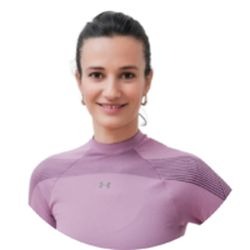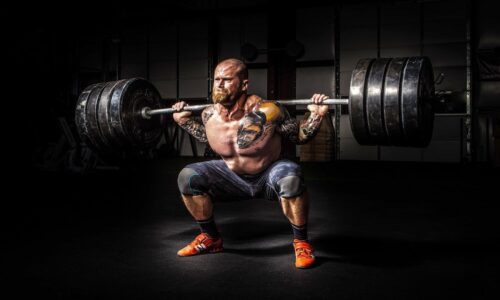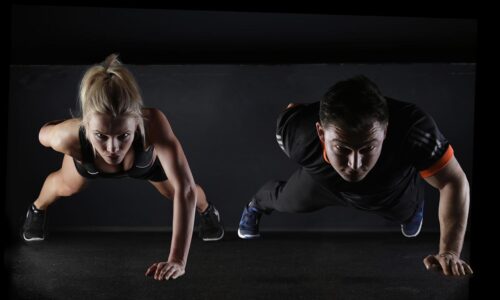Syllabus – Introduction to fitness and safety
1. Introduction
Health and Fitness are simply some of many the different words used to describe people being in good condition. There are many different services and products on offer which promise to improve or maintain a state of wellbeing, and any (or all) of these goods and services might be considered to be part of the health and fitness industry. These can include things as variable as medical services through to sport, recreation, food and natural therapies.
The Health and Fitness industry is not a clearly defined industry. It does have many aspects to it, and it does overlap into many different fields. Your perception of the scope of this field may be limited as you commence this course; but on completing the course it should have broadened considerably; and in doing so your prospects for employment should have also broadened.
2. Objective
This course is designed to give students the opportunity to learn fitness concepts and conditioning techniques used for obtaining optimal physical fitness. Students will benefit from comprehensive weight training and cardiorespiratory endurance activities. Students will learn the basic fundamentals of strength training, aerobic training, and overall fitness training and conditioning. Students will be empowered to make wise choices, meet challenges, and develop positive behaviors in fitness, wellness, and movement activity for a lifetime.
3. Content
- Introduction to Fitness and Safety
- What is fitness? Basics and Introduction
- The Benefits of Exercise | Fitness Training & Programming
- Components of Fitness
- Physical Components of Fitness
- Principles of Training
- Conclusion
4. Useful Links
LINKS
- https://med.libretexts.org/Courses/American_Public_University/APU%3A_Basic_Foundation_of Nutrition_for_Sports_Performance_(Byerley)/01%3A_An_Introduction_to_the_Athlete’s_Nutri ent_and_Diet_Basics/1.02%3A_Introduction_to_Nutrition_and_Physical_Fitnes
- https://medlineplus.gov/benefitsofexercise.html
- https://nhs.uk/live-well/exercise/exercise-health-benefits/
- https://open.lib.umn.edu/physicalactivity/chapter/1-8-training-principles/
LITERATURE:
- Powers SK, Howley ET. The physiology of training: effect on VO2 max, performance, homeostasis, and strength. In: Powers SK, Howley ET, editors. Exercise Physiology: Theory and Application to Fitness and 6th ed. New York (NY): McGraw-Hill; 2007. p. 261–2.
- Hill JC. Aerobic training. In: Madden CC, Putukian M, Young CC, McCarty EC, editors. Netter’s Sports Philadelphia (PA): Saunders/Elsevier; 2010. p. 125–6.
- Ten Steps to a Better Body: An Introduction to Fitness Paperback – July 5, 2005 by Charles Atlas
Course Features
- Lectures 5
- Quizzes 1
- Duration 1 hours
- Skill level All levels
- Language English
- Students 13
- Assessments Yes











